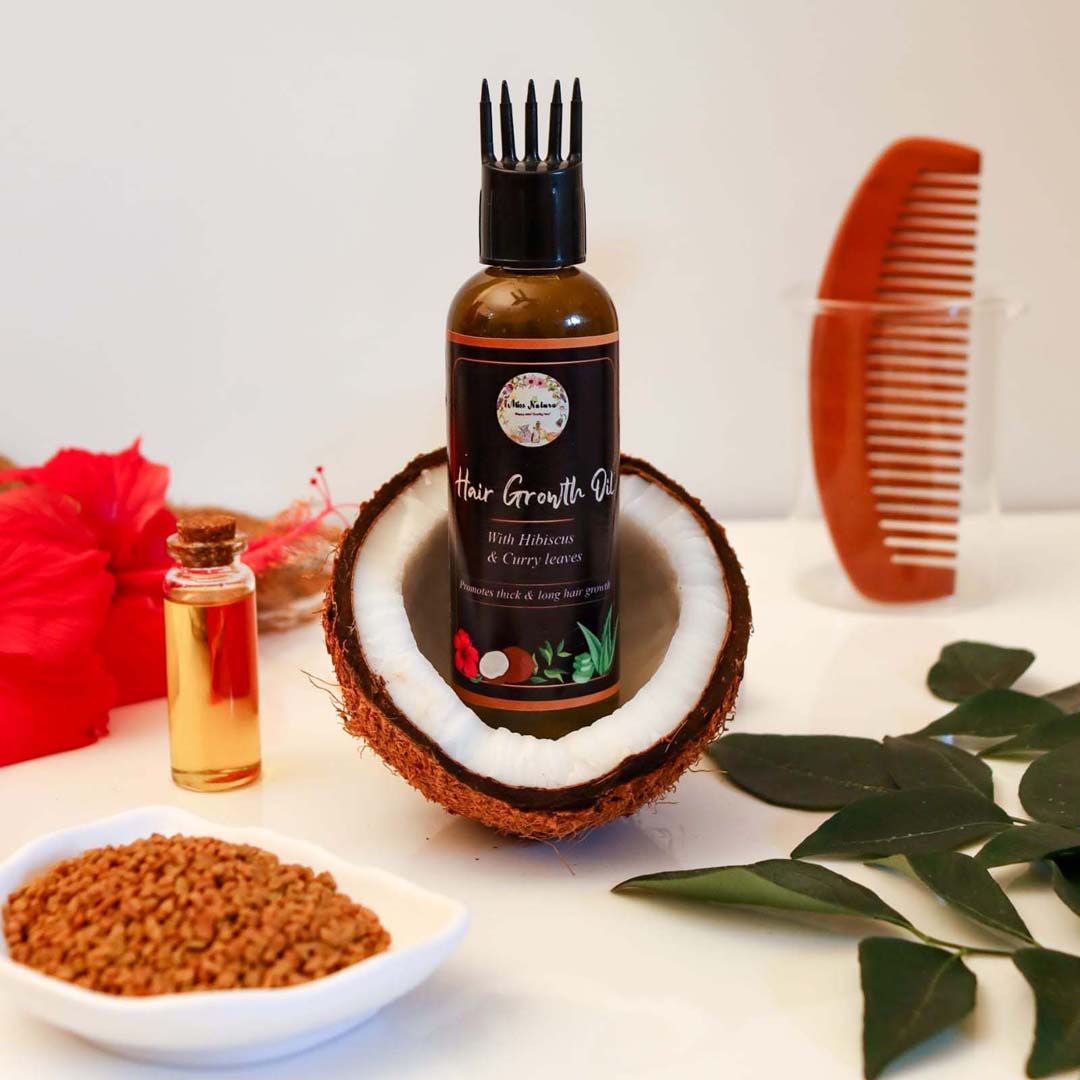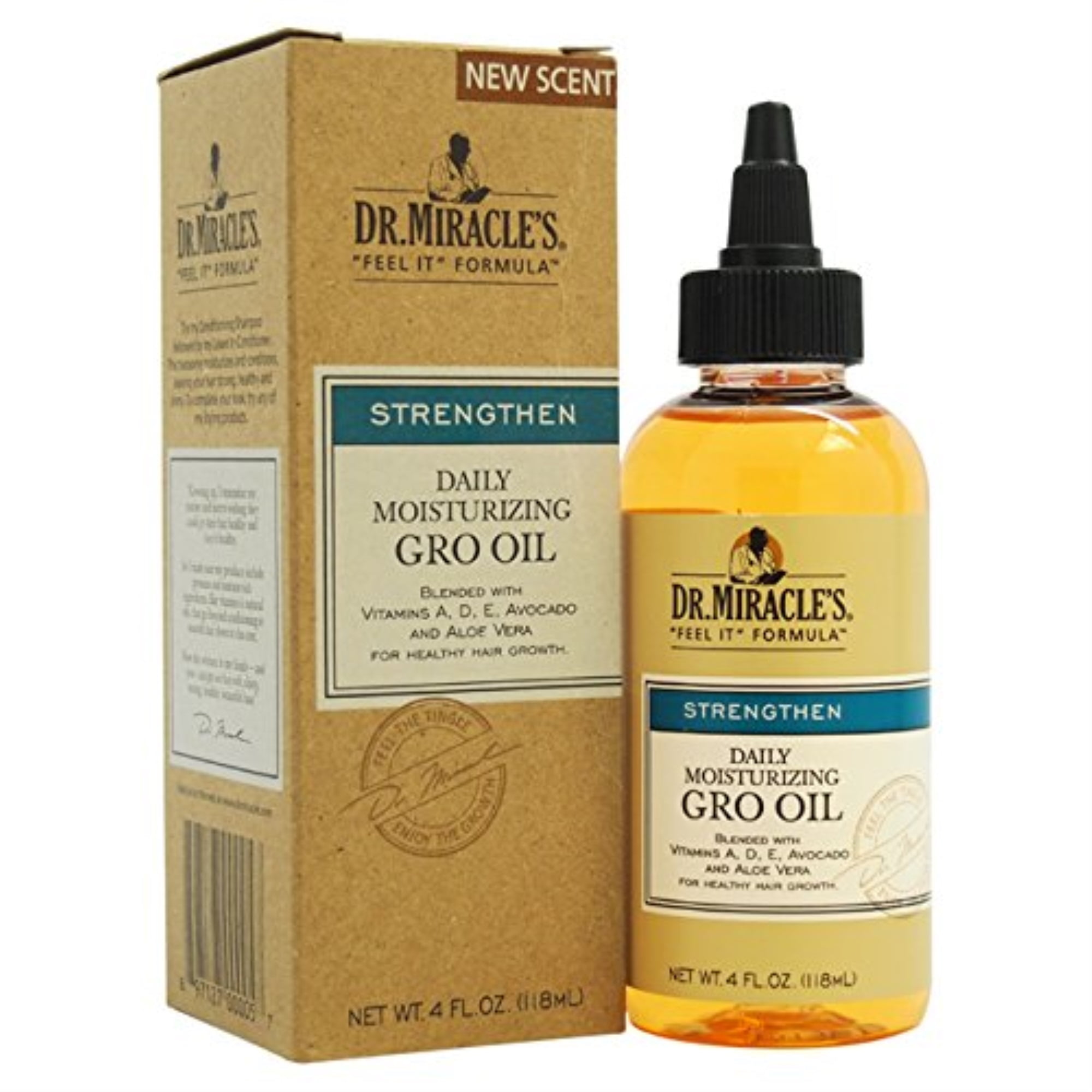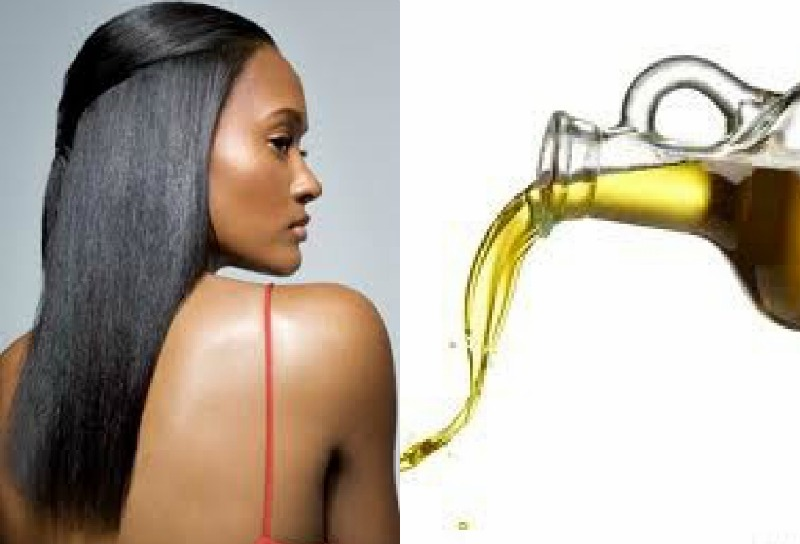Table Of Content

Some of them made sense (things like drying silicones), but others totally surprised me. That said, hair oils are only one part of a multi-step hair hydration routine. The process should start in the shower with a hydrating shampoo and conditioner combo, followed by moisturizing creams or styling products. Then, you can use your oil as the final step to seal in all those ingredients.

Is It Okay To Apply Oil To Dirty Hair?

You may use 15 drops of any essential oil per 6 teaspoons of any carrier oil for 2.5% dilution. Carrier oils can be used alone or in combination with essential oils. Coconut oil, jojoba oil, grapeseed, olive, almond and avocado oil are some popularly used carrier oils. You may choose light oils like grapeseed or almond in case you have a greasy scalp.
How to Use Peppermint Essential Oil on Hair
This weightless blend of coconut, apricot, and sunflower oil is light and effective without the use of silicones. Novak says that different brands are geared toward different hair goals. Many hair oils are used to seal in hydration and infuse hair with nutrients, adds Ciara Costenoble, global hair stylist and educator. Some even work to minimize bacteria and promote hair growth, says Kim Kimble, celebrity hairstylist.
R+Co BLEU Optical Illusion Smoothing Oil
“This is a great step, especially for those who like to air dry their hair and don’t want a frizzy untamed look.” Priano also suggests using it as an overnight scalp treatment or a few hours before washing. The final way is to “apply two to three pumps mid-length to ends and brush it through before using hot tools to protect the hair from the heat and give that extra shine,” she shares. Avoid using a hair oil every time you style your hair if you’re prone to oiliness, says Hunziker.
OGX Coconut Miracle Oil
Does castor oil for hair growth really work? We asked dermatologists to find out - CNN Underscored
Does castor oil for hair growth really work? We asked dermatologists to find out.
Posted: Thu, 25 Jan 2024 08:00:00 GMT [source]
TBH, it's basically the oldest trick in the book—as far as my ancestors are concerned. My family is from Pakistan, so I’ve grown up with the ritual of hair oiling, an Ayurvedic practice involving applying oil directly to your scalp and hair, massaging it in, and allowing it to sit for an extended period. Thanks to the fact that coconut oil is jam-packed with fatty acids, it's a great option for softening and hydrating strands. However, Cotto cautions that it may not be the best bet for everyone (particularly those with fine or thin hair), as it can be heavier and difficult to wash out. While oils have become a common addition to our skincare regimens today, people are still a bit wary when it comes to incorporating them into their hair care routines. When you have dry, brittle hair, it may seem like there’s nothing you can do to bring life back to your locks.
I notice an immediate difference in my hair’s texture when I use this after flat ironing — usually, my ends are brittle and frayed, but the oil makes them appear healthy, soft and hydrated. Moreover, it did so without causing dryness and itching like Rogaine can. One study published in Skinmedicine reported that rosemary oil was just as effective in increasing hair count as minoxidil, the active ingredient in the hair growth product Rogaine. A 2023 study found that grapeseed oil was superior to other oils in repairing frizz, split ends, and other damage, especially when applied directly to the hair. It can also enhance the brightness and color of hair without making it look greasy.
The 19 Best Hair Oils for Healthy, Hydrated Hair, According to Experts
Scrunching a few drops of olive oil into your hair can also help keep curls smooth. Like coconut oil, olive oil is able to penetrate deep into hair’s fibers. In fact, the abundance of monounsaturated fats found in olive oil may play a key role in its conditioning properties.
“Ghost” is an accurate descriptor for this oil, because it’s so lightweight you’ll swear you’re wearing nothing at all—even on fine, thin hair. It gets its powers from moringa oil, which is packed with vitamins A, E, and C, as well as omegas 3, 6, and 9, and absorbs seamlessly into hair. What’s more, its subtle grapefruit scent and the intense shine it leaves behind will make your at-home blowout look like it was done in the salon. Hair porosity refers to the condition of your hair's outer layer (AKA the cuticle), which determines how well it can hold onto a substance (like an oil).
Yes it’s pricey, but Good Housekeeping Beauty Assistant Catharine Malzahn swears by this hair oil. "It feels super luxe during application and really makes a difference for my hair," she says. One study found that shampoo infused with a mixture of essential oils, including peppermint oil, and some conventional chemicals for preparing an antidandruff shampoo enhanced the product's efficacy. "I suggest using it once a day nightly for areas of thinning in addition to adding it to shampoo and conditioner and using it as often as you wash for your hair type," she continues. "I would be careful about the sources of all things you put on your scalp," she emphasizes.
It’s also an antibacterial and high in vitamin E to help improve conditions like dandruff and dryness, according to the brand. Aside from castor oil, the formula includes lavender, another ingredient with antibacterial properties that’s especially good when hair is confined in protective styles like braids or twists, says Hardges. “If your hair is up, I would recommend lightly oiling the scalp, as needed, by dabbing the oil onto the exposed scalp,” says Hardges. You can also add it to your conditioner or use it as a hot oil treatment, according to the brand.
I will say that it doesn't quite give as much definition as I would like, but it works great with other defining creams or gels and makes my hair feel really nourished. In order to make the search a little easier, we checked in with doctors, board-certified dermatologists and other hair experts for four hair and scalp oil type recommendations for thicker, fuller and healthier tresses. All in all, it’s good to start slowly when exploring different hair routines. Remember, not every head of hair is the same, so oils — as natural as they may be — can yield different results for everyone. It’s usually recommended that you use natural oils if possible to avoid any additives or chemicals that may irritate your hair. You may have heard of occlusive ingredients which, in the context of skin, are designed to lock in moisture.
The dropper is also fantastic; it dispenses just the right amount of product every time. Danusia Wnek, a senior chemist at the GH Beauty Lab, is a big fan of Arrojo hair products in general, as she loves the scent. "I can best describe it as an elegant, clean floral but not too overpowering," she says. But this hair oil really stands out due to its super light texture that doesn't weigh her hair down. "I don’t like a lot of product in my hair and I love that this is a multipurpose product that boosts shine, helps reduce my flyaways and smooths my hair," she says.
If you don’t like the smell olive oil leaves behind, use a lightly scented styling product or choose a shampoo with a fragrance you like. Hair oiling is an ancient practice used to strengthen and moisturize hair — and many believe that it’s an important step for making sure your strands get a good balance of vitamins. One of my favorite oils, this one has a nozzle tip to easily drip it directly onto my scalp before massaging. It uses basil leaf and baobab oils to help break down oils and gunk on my scalp, as well as balance my scalp microbiome.
It has a floral scent with a musky background, and, as a bonus, the frosted glass bottle looks nice sitting in my bathroom. Unlike most other hair oils I’ve tried, the packaging doesn’t include a spray or dropper, so you’ll have to pour it out of the bottle and into your hand before applying, which can get messy. As an added bonus, sweet almond oil contains fatty acids that can protect against ultraviolet (UV) radiation which can cause hair dryness, brittleness, loss of color, and decreased luster. One of the lighter choices, sweet almond oil is thought to treat dullness and dryness without weighing hair down. Many people also value sweet almond oil as a natural solution for dry scalp and dandruff. As a general rule, leave-in treatments are better suited to those with thick or dry/damaged hair, while a pre-shampoo treatment may be more helpful to those with fine hair.
"Hair oils are a more natural approach to balancing the scalp, hydrating the hair and giving that extra shine before or after styling," says Priano. "Because the scalp produces natural oils, it’s great to give some oil back to the hair after using so many surfactants on a daily basis." Now that there are so many types of hair oils with different benefits, uses and application methods, it's important to read the fine print and check with the pros as needed.
This particular leave-in treatment softens, detangles, and defrizzes tresses while leaving your mane with a tropical coconut aroma for days. I've read so many great things about the benefits coconut oil offers your hair, so I would constantly seek out products with this ingredient. I always noticed, though, that after using something with it, my hair would feel extremely dry and lack definition over time.

No comments:
Post a Comment